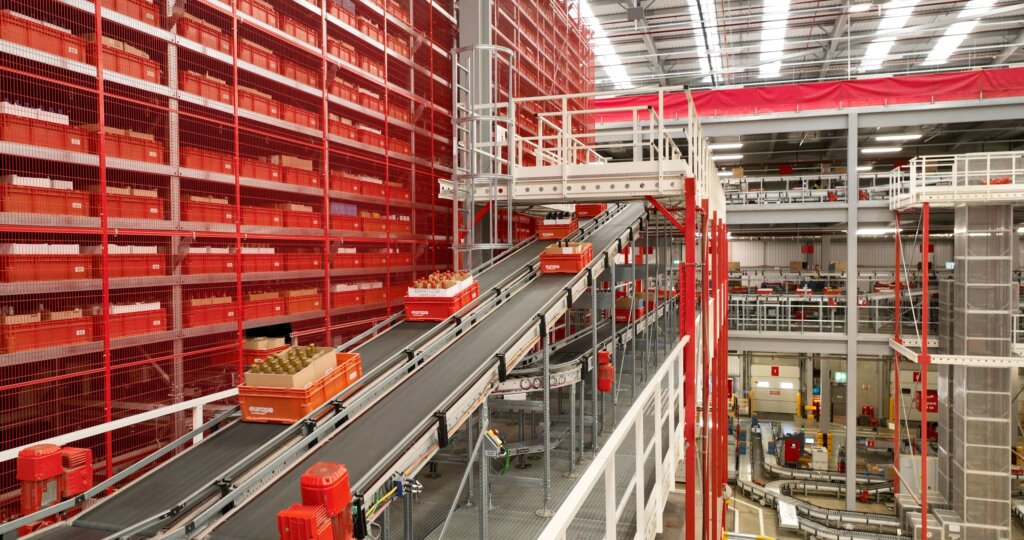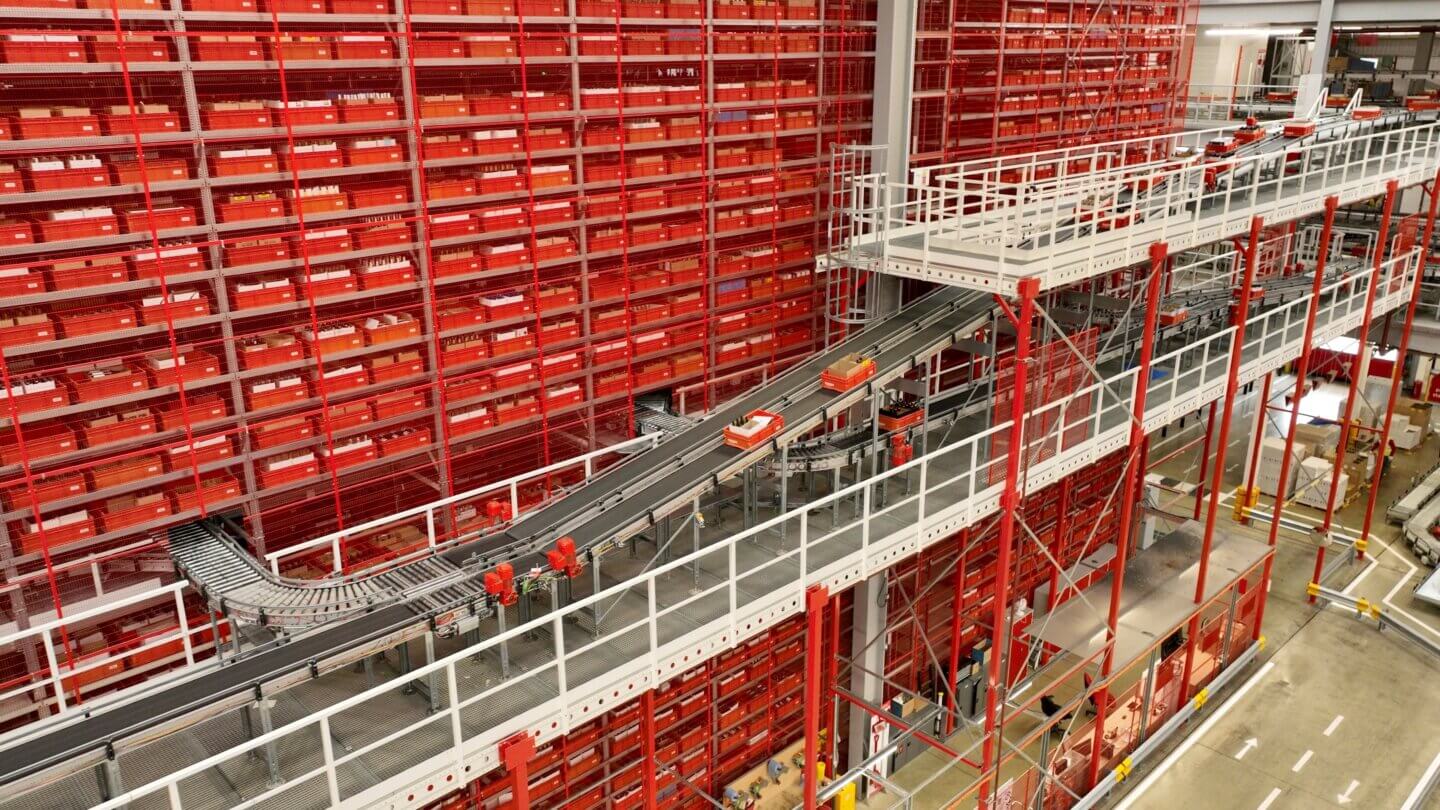How Smaller Retailers Can Compete With Household Name Brands on Fulfilment
The biggest operators in e-commerce have access to the type of warehousing and fulfilment capabilities that fast-growing companies struggle to compete with. In some cases, the household name vendors have their own bespoke storage and logistics operations built up as they grew in market dominance over the last 20 years. Many large players that use third-party services have the budgets to leverage economies of scale that give them preferential treatment from third-party warehousing and order fulfilment capabilities. But in the flat playing field of online consumer markets and wholesale distribution, fast-growing companies can struggle to provide the same or better customer experiences as a direct result of their smaller punching power in fulfillment, despite competing well on price or service.
With the resources to invest in the latest technologies in warehouse automation and end-to-end data transparency, larger businesses are better able to offer reliable fulfilment and delivery, plus roll out highly desired features like same-day or shorter delivery from distribution nodes close to the customer. If fast-growing businesses are lucky enough to be able to afford facilities like automated warehousing and real-time tracking of consignments, such abilities may struggle to scale at times of peak demand without significant cost rises.
Using third-party fulfillment partners may still remain a better economic choice than attempting to build one’s own capability, but there’s no reason why SMBs in competitive markets shouldn’t have access to the latest fulfillment technologies and the flexibility and scalability that allow them to provide competitive customer experiences. Pre-built inbound and outbound onward delivery networks run on data-driven core should be accessible to all, and an increasing number of businesses are looking for a partner that can offer just those things.
There’s certainly increased demand: in warehousing alone, one report states that up to 48 million extra square feet of space will be required by 2027 in the UK. The fulfilment and 3PL sectors are certainly on the rise.
Europa Warehouse, for example, has recently taken on board thirteen new customers who, together, are putting over £11m through the company’s warehouse fulfilment network per year. In a shared-user model, any of Europa Warehouse’s clients can get access to the type of technology and automated systems that are usually the sole purview of the retail and distribution giants. Europa Warehouse is the 3PL division of the UK’s largest independent logistics provider, the Europa Worldwide Group, so it’s one of the few operators in the sector that can bring ‘big business thinking’ to the issues suffered by fast-growing companies.
The new sign-ups to Europa Warehouse include organisations in the clothing, nutrition, toys, drinks and industrial sectors. They are able to leverage manual and shared-user automated systems to fulfil orders from traditional retail and e-commerce front ends, distributing a variety of goods via multiple channels that include Direct to Consumer, supermarkets and retail stores. The menu of services allows companies to compete more effectively on service quality and price.
Part of the collective success is down to geography: Europa Warehouse has two central facilities in the Midlands in the UK (the so-called ‘golden distribution triangle’ of the country), plus a Dartford hub that serves the Greater London area. The latter also provides an important gateway to the rest of Europe via Europa’s market-leading road freight operation and to the UK’s major air- and seaports. Several companies using the international gateway are breaking into the UK for the first time, and of course, goods also travel as easily in the other direction bound for export.

Source: Europa Worldwide Group
In total, over a million square feet of 3PL fulfilment space is available. This space is specially optimised for 3PL operations, with higher-than-average racking and narrow aisles that are navigated by robotic systems. With excellent security, all three locations are authorised for wet and dry bonded goods. The space efficiency means that users of Europa Warehouse’s facilities can stock for peak demand periods and not pay the premium rates associated with just-in-time operations.
With many fast-growing companies using the facilities and, therefore, a broad range of specific requirements, the relationship between Europa Warehouse and its clients has to be collaborative to ensure that particular requirements are met in each case. “[Our warehouses] when combined with the ability to onboard business quickly, offer our customers a high-quality, futureproofed service and good value for money,” said Dionne Redpath, the company’s COO and Head of Warehouse at Europa Worldwide Group. “Many of the new contracts [from the last six months] are utilising additional Europa services, such as road, sea or air freight […]. These entrepreneurial companies, regardless of the sector or requirement all want consistency and high-quality services from a trusted supplier.”
Europa Warehouse’s new clients (termed ‘the lucky thirteen’ by the company) use services like shared-user automation, kitting, de-nesting, and returns, on the basis that the capabilities’ supply will conform to demand, giving companies a much-needed return to a level playing field in a market dominated by global players.
“These new contracts mark [an] exciting next phase of growth and we’re delighted to welcome new brands to the Europa Warehouse family. Our new customers all benefit from our enhanced capabilities and investment [we’ve made] in both manual and shared-user automation over the past 18 months,” Ms Redpath said.
To learn more about the shared automation and demand-driven fulfilment & logistics model that Europa Warehouse has built, reach out to a representative from the company to discuss your particular requirements.









